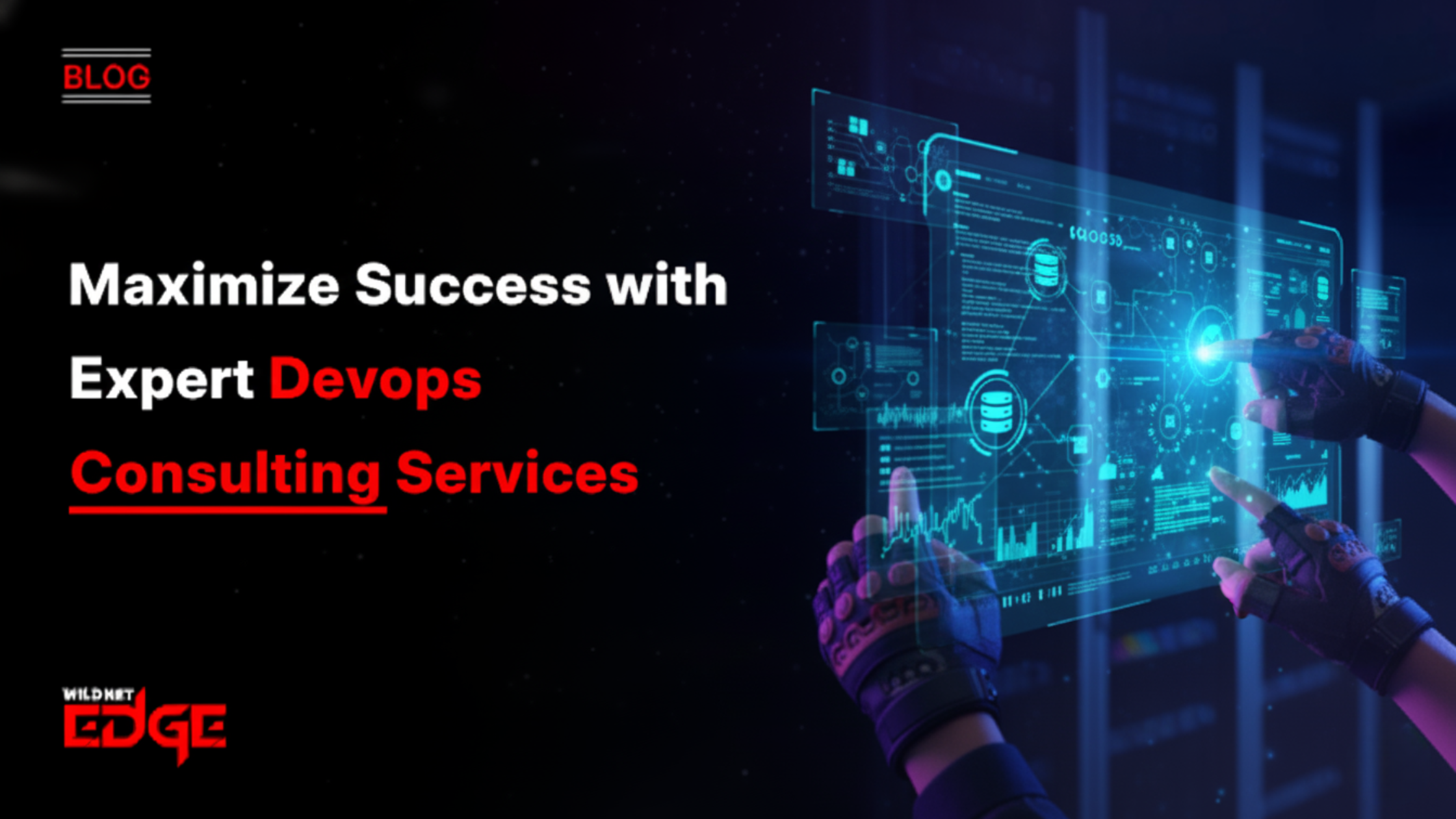Enterprise Resource Planning (ERP) software holds the promise of a truly transformed business—a unified organization where data flows seamlessly between departments, processes are automated, and leaders have a real-time, 360-degree view of the entire operation. This promise of ultimate efficiency and data-driven agility is what drives countless companies to invest millions in these powerful systems. However, the path to a successful implementation is paved with significant risks and complexities. The reality is that ERP projects are high-stakes business transformations, and they frequently encounter major hurdles. Understanding the most common ERP software challenges is the first, and most critical, step in navigating this journey successfully.
Successfully deploying an ERP system that integrates finance, HR, supply chain, and sales is a monumental task. It requires meticulous planning, technical expertise, and a deep understanding of business processes. To avoid the common pitfalls that can derail these projects, many businesses choose to partner with a firm that provides expert ERP Software Solutions, guiding them from initial strategy to post-launch success.
Understanding the Scope: Why ERP Projects Are So Complex
One of the primary reasons ERP projects face so many difficulties is a fundamental misunderstanding of their scope. An ERP implementation is not merely a software installation; it is a comprehensive business process re-engineering initiative. The software touches nearly every facet of the organization, from how inventory is managed in the warehouse to how financial reports are generated in the accounting department. This cross-departmental impact is the root of its complexity. Each department has its own established workflows, its own data, and its own culture. A new ERP system requires them to standardize processes and share data in ways they never have before.
This level of change inevitably creates friction, conflicting requirements, and resistance. The goal of a modern ERP is to serve as the central nervous system for all enterprise automation solutions, but achieving that requires careful orchestration of people, processes, and technology. Failure to appreciate this complexity from the outset is the first step toward a troubled implementation. It is a business transformation project that happens to be enabled by technology, not the other way around.
Top 7 ERP Implementation Challenges and How to Overcome Them
Navigating an ERP project requires a proactive strategy to identify and mitigate risks. Here are the most common challenges that organizations face and actionable advice on how to overcome them.
1. Lack of Clear Goals and Executive Sponsorship
The Challenge: An ERP project that begins without a clear answer to the question “Why are we doing this?” is destined to struggle. Without specific, measurable business goals, the project lacks direction. Furthermore, if executive leadership is not visibly and vocally supportive, the initiative will be seen as just another “IT project” and will fail to gain the necessary cross-departmental buy-in. The Solution: Before a single vendor is contacted, leadership must define the key business outcomes they expect. These should be quantifiable goals, such as “reduce inventory holding costs by 15% within 12 months” or “shorten the financial close cycle from 10 days to 3 days.” Equally important is securing an executive sponsor who will champion the project, communicate its strategic importance to the entire organization, and help resolve interdepartmental conflicts.
2. Poor Planning and Project Management
The Challenge: It is incredibly common for businesses to underestimate the sheer amount of time, money, and resources required for a successful ERP implementation. An overly optimistic timeline and an inadequate budget lead to rushed decisions, cut corners, and a compromised final product. Poor project management can result in scope creep, missed deadlines, and a complete breakdown in communication. The Solution: A detailed, realistic project plan is non-negotiable. This plan must be developed with input from all stakeholders and should include clear milestones, resource allocation, and a risk mitigation strategy. Employing an experienced project management team, whether internal or from a partner, is critical. For complex implementations, a phased rollout approach (implementing the ERP module by module or department by department) is often safer and more manageable than a high-risk “big bang” go-live. A skilled Product Development Company brings the rigorous project management discipline required for such a large-scale undertaking.
3. Resistance to Change and Poor User Adoption
The Challenge: This is perhaps the most significant of all ERP software challenges. Employees are often comfortable with their legacy systems and established workflows. A new ERP system represents a massive disruption to their daily routines. They may see it as a threat to their job, a system that is being forced upon them, or simply a more complicated way of doing what they already know. This resistance is the primary cause of major ERP adoption issues. The Solution: The key is a robust and proactive change management strategy. Communication must begin early and happen often. It’s crucial to involve end-users in the design and testing phases to give them a sense of ownership. Most importantly, the communication must focus on the “what’s in it for me” for the employees—how the new system will make their jobs easier, reduce manual tasks, and allow them to be more effective.
4. Inadequate Data Migration and Cleansing
The Challenge: An ERP system is only as good as the data within it. The process of migrating decades of data from multiple, often outdated, legacy systems into the new ERP is a monumental and frequently underestimated task. If you simply move your existing “dirty” data—full of duplicates, inaccuracies, and inconsistencies—into the new system, you will have crippled its effectiveness from day one. The Solution: Data migration should be treated as a major sub-project within the overall implementation. A dedicated team should be assigned to map data from the old systems to the new, define data quality standards, and execute a thorough data cleansing and validation process. This is a tedious but absolutely essential step for the long-term success of the ERP.
5. Excessive Customization
The Challenge: A common trap is for businesses to try and force the new ERP to work exactly like their old legacy systems. This leads to requests for extensive customizations. While some customization is often necessary, excessive modification can dramatically increase the project’s cost and complexity, introduce bugs, and make future system upgrades incredibly difficult and expensive. The Solution: The best practice is to adapt your business processes to align with the standard, out-of-the-box functionality of the ERP wherever possible. These systems are designed around industry best practices. Only pursue customization when it supports a unique business process that provides a clear competitive advantage. When customization is unavoidable, it’s best to work with experts in Custom Software Development Services to ensure the changes are built in a smart, maintainable way.
6. Underestimating Training and Support Needs
The Challenge: Many organizations make the mistake of providing a single, one-off training session just before the system goes live. This is never enough. It leads to frustrated users, low productivity, and severe ERP adoption issues as employees struggle to navigate the new system. The Solution: Develop a comprehensive, ongoing training program. This should include multiple formats, such as traditional classroom sessions, self-paced online modules, detailed documentation, and hands-on workshops. It’s also highly effective to establish a post-launch support system, often by identifying and training “super users” within each department who can act as the first line of support for their colleagues.
7. Choosing the Wrong ERP or Implementation Partner
The Challenge: Not all ERP systems are created equal. Choosing a solution that is too complex for your needs, or one that lacks critical industry-specific functionality, can be a disastrously expensive mistake. Similarly, selecting an implementation partner that doesn’t have a proven track record in your industry can lead to a failed project. The Solution: Conduct a thorough and diligent selection process for both the software and the partner. Look for a system that fits the scale and specific needs of your business. In some cases, the best approach may not be a single off-the-shelf product but a suite of integrated Custom Software Solutions. When vetting partners, prioritize deep industry experience over a low price tag.
Conclusion
At Wildnet Edge, our AI-first approach is designed to address the next generation of ERP software challenges. We believe that a successful ERP implementation is the foundation for creating truly intelligent enterprise automation solutions. By infusing AI and machine learning into the core of the ERP, we help businesses move beyond simple automation to predictive operations. Our solutions can forecast supply chain disruptions, automate complex financial analyses, and provide a conversational, user-friendly interface that dramatically reduces the ERP adoption issues that plague traditional systems. We build on the solid foundation of a well-implemented ERP to create a business that is not just connected, but intelligent.
FAQs
While technical issues like data migration are significant, the biggest and most common challenge is managing the human element. Resistance to change and poor user adoption are the primary reasons why ERP projects fail to deliver their expected ROI.
The timeline varies greatly depending on the size of the company and the complexity of the project. For a small to mid-sized business, a typical implementation can take anywhere from 6 to 18 months. For large enterprises, it can easily span multiple years.
Without proper, ongoing training, employees will feel overwhelmed and frustrated by the new system. This leads to low usage, incorrect data entry, and a failure to utilize the system’s full potential. Comprehensive training is the key to overcoming ERP adoption issues.
Off-the-shelf ERPs are built on industry best practices and can be a good fit for many businesses. However, if your company has highly unique processes that provide a competitive advantage, a custom-built solution or a heavily customized off-the-shelf product might be necessary.
A phased rollout is an implementation strategy where the ERP system is launched in stages—for example, one department or one geographical location at a time. It is often recommended because it is less risky than a “big bang” approach, allowing the organization to learn and make adjustments as the project progresses.

Nitin Agarwal is a veteran in custom software development. He is fascinated by how software can turn ideas into real-world solutions. With extensive experience designing scalable and efficient systems, he focuses on creating software that delivers tangible results. Nitin enjoys exploring emerging technologies, taking on challenging projects, and mentoring teams to bring ideas to life. He believes that good software is not just about code; it’s about understanding problems and creating value for users. For him, great software combines thoughtful design, clever engineering, and a clear understanding of the problems it’s meant to solve.
 sales@wildnetedge.com
sales@wildnetedge.com +1 (212) 901 8616
+1 (212) 901 8616 +1 (437) 225-7733
+1 (437) 225-7733































